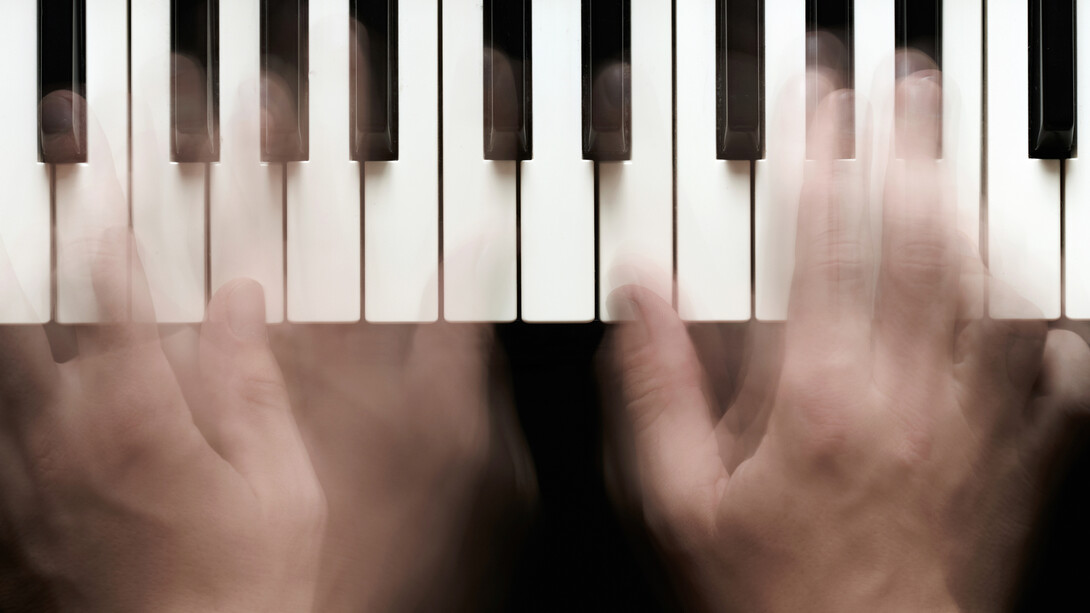
Nebraska’s Brenda Wristen is using science and years of study to help small-handed pianists adapt and find new ways to tickle the keys.
The concepts are outlined in “Adaptive Strategies for Small-Handed Pianists,” a new book co-authored by Wristen, a piano pedagogy researcher and associate professor in the University of Nebraska–Lincoln’s Glenn Korff School of Music.
“Many small-handed pianists just give up on playing, and it’s really tragic,” Wristen said. “In addition to being of use to small-handed pianists directly, we hope that this book can help equip piano teachers as they help their small-handed students navigate these waters of challenge.”

The book, co-authored with Lora Deahl of Texas Tech University, is the first to focus on the topic. It takes a multi-disciplinary approach to overcoming small-handedness in piano playing, integrating information and research on biomechanics, ergonomics, physics, anatomy, medicine and piano pedagogy.
To help define small-handedness — which can be determined by several factors, including the span between fingers, finger length, and even the webbing between digits — the book breaks the term into three areas of potential struggle for piano players: fatigue, power and covering reach/distance.
“If you find yourself struggling with one or more of these three areas, you are effectively a small-handed pianist,” Wristen said.
The first part of the book explains the physics and the fundamental principles of movement that inform piano technique. It also includes applied chapters on particular strategies, including redistributions, new fingering, strategies for maximizing reach and power, and musical solutions to technical problems.
While the book challenges pianists to find new ways to play, it also stresses that maintaining the music as written is paramount.
“When you are a small-handed pianist, I think the instinctive response to technical problems is to think if I just practice longer and I just practice harder, I can make my hand do that,” Wristen said. “Instead, really the question we should be asking is how can I bring about the musical intent and ideation of the score using my unique hand? This book is meant to provide strategies to do that.”
As a small-handed pianist, Wristen has essentially studied the topic since first attending college.
“As a master’s student, I had an injury myself from playing the piano, and I first started by looking at injuries,” she said. “What are the injuries that can result from playing the piano? Do we know what causes them? And that sort of thing.”
The research led to further collaborations with Deahl, who served as Wristen’s faculty adviser and also struggled with being a small-handed piano player.
“We have been considering problems of small-handed pianists for a long time,” Wristen said. “This book is the product of more than two decades of our research and our professional experience, and much longer personal experience.”
The co-authors hope the book becomes a valuable resource to teachers and pianists, especially for players struggling with stretches across keyboards.
“If you’re a small-handed pianist stuck in that loop of endless practice — hours and hours and hours spent doing the same thing over and over and over again to no good end, thinking you’re an inferior pianist and potentially risking injury — we want to challenge you to think about your fundamental approach to the instrument,” she said. “We have to practice smarter, not harder.”
The book, which includes more than 300 musical examples taken from the standard pedagogical and concert piano repertoire, is published by Oxford University Press. Learn more about the book.







